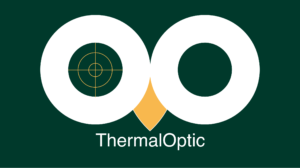Thermal Scopes or Night Vision Devices?
Every hunting enthusiast is well aware of the challenges of nighttime observation. Compared to wild animals, humans are poorly adapted to functioning effectively in the dark. Fortunately, modern technology has brought us innovative optical systems that allow us to see clearly even in pitch darkness.
When it comes to night observation, two key technologies come to mind: thermal scopes and night vision devices (NVDs). To decide which is better suited to your needs, it’s essential to analyze how each device works and its advantages. Let’s delve deeper into the details.
What Is Night Vision?
The human eye relies on reflected light to perceive its surroundings. Night vision devices (NVDs) operate on the same principle. To produce an image, light must first reflect off the object and then be captured by the device’s lens. This is why most night vision equipment is equipped with infrared illuminators, which emit infrared light to enhance visibility. This light is invisible to the human eye, ensuring discreet observation even in complete darkness.
Types of Night Vision Devices:
- Binoculars
- Monoculars
- Rifle scopes
- Goggles
Apart from hunting, night vision devices are also widely used in military operations, border patrols, customs inspections, rescue missions, and during nighttime emergencies.
How Does a Night Vision Scope Work?
Night vision devices are classified into four generations based on technological advancements. Their primary function is to gather and amplify ambient light, enabling clear vision in low-light conditions. The key component is a lens that focuses scattered light, which is then enhanced using either:
- Electronic amplification
- Chemical processes
- Night vision devices either project the amplified image through optics or display it on a digital screen.
What Is Thermal Imaging?
Though thermal scopes and night vision devices are often used interchangeably, their technologies are fundamentally different. Thermal imaging focuses on capturing and displaying infrared radiation (heat energy), whereas night vision amplifies visible light. Both are effective for nighttime hunting, but their applications and strengths vary.
How Does Thermal Imaging Work?
Thermal imaging devices detect the electromagnetic radiation emitted by all objects in the scene, regardless of lighting conditions. By analyzing these thermal signatures, the device creates a detailed image. High-sensitivity sensors in thermal scopes can detect even minor temperature changes, making them ideal for detecting warm-bodied targets, such as animals, against cooler backgrounds.
Night Vision vs. Thermal Imaging: Which to Choose?
Now that we’ve explored both technologies, the question remains: Which is better — night vision or thermal imaging? The answer depends on your specific requirements and circumstances.
When to Choose Night Vision Devices
Night vision devices are ideal for users seeking a more natural and detailed image. Videos and photos captured using NVDs retain more realistic colors and textures, making them suitable for recording vivid hunting experiences. Additionally, their affordability makes them a popular choice among budget-conscious users.
Best Scenarios for Night Vision Devices:
Need to observe the entire field of view, not just one target.
- Desire to capture lifelike images or videos.
- Situations with limited weather interference.
- Pros of Night Vision Devices:
- Long battery life.
- Eye-friendly visuals.
- Affordable compared to thermal scopes.
- Effective for nighttime observation.
- Cons of Night Vision Devices:
- Cannot detect targets through thermal signatures.
- Ineffective for daytime use.
When to Choose Thermal Imaging Scopes
Thermal imaging scopes, especially those from YKY, are unparalleled in their ability to detect targets in any lighting or weather condition. They excel at tracking warm-bodied animals, even through thick foliage or dense fog. This makes them an excellent choice for professional hunters and advanced users.
Best Scenarios for Thermal Imaging Scopes:
- Night hunting in challenging environments.
- Tracking targets in total darkness or through obstructions.
- Pros of Thermal Imaging Scopes:
- Usable day or night.
- Adaptable to various terrains and weather conditions.
- High-quality photo and video recording with display output.
- Superior range capabilities.
- Cons of Thermal Imaging Scopes:
- Higher cost compared to night vision devices.
- Requires skill and experience to operate effectively.
- Cannot detect objects without heat emission.
Why Choose YKY Thermal Scopes?
Among the leading thermal imaging solutions, YKY thermal scopes stand out for their advanced features, reliability, and versatility. YKY devices offer unparalleled clarity, precision, and durability, making them the go-to choice for seasoned hunters and professionals alike. Their ergonomic design, extended detection range, and ability to capture high-resolution imagery make them an invaluable tool for any hunting expedition.
Conclusion
Choosing the right device for nighttime hunting is no easy task. Thermal scopes, like those from YKY, provide unmatched performance in detecting targets across challenging conditions, while night vision devices are an economical and effective solution for those prioritizing realistic visuals. Ultimately, your choice should depend on your budget, intended use, and specific hunting needs. No matter what you choose, investing in high-quality equipment will ensure a more successful and enjoyable hunting experience.

